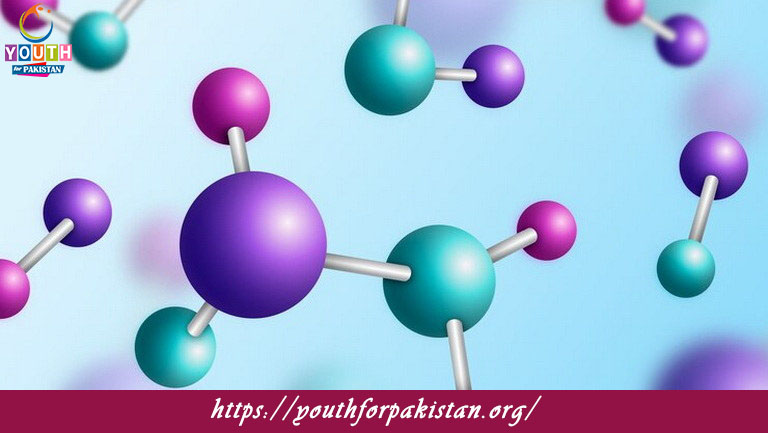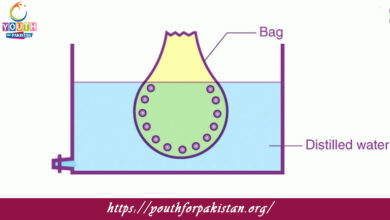Welcome to the Photophysics MCQs with Answers, it helps learners quickly identify areas for improvement in Photophysics Online Test.
| Photophysics is the branch of physics and chemistry that deals with the study of the physical processes and interactions between light (photons) and matter (atoms and molecules). It explores how light energy is absorbed, emitted, or scattered by atoms and molecules, influencing various phenomena from spectroscopy to photochemistry. Photophysics MCQs with Answers provide a structured approach for students to understand these complex interactions.
Photophysics Multiple Choice Questions cover a wide range of topics, including fluorescence, phosphorescence, absorption spectra, emission spectra, and photochemical reactions. Students can Practice Photophysics MCQs Online to reinforce their understanding and improve their proficiency in this area.
Photophysics Exam Questions and Answers offer comprehensive review, focusing on key concepts such as Jablonski diagram, Stokes shift, quantum yield, and applications in biophysics and materials science.
MCQs on Light-Matter Interactions delve into the principles governing interactions between photons and matter, including electronic transitions, vibrational states, and relaxation processes. Photophysics Quiz Questions and Solutions enable students to assess their knowledge and receive immediate feedback, helping them identify areas for improvement. |
Photophysics Online Quiz
By presenting 3 options to choose from, Photophysics Quiz which cover a wide range of topics and levels of difficulty, making them adaptable to various learning objectives and preferences. You will have to read all the given answers of Photophysics Questions and Answers and click over the correct answer.
- Test Name: Photophysics MCQ Quiz Practice
- Type: Quiz Test
- Total Questions: 40
- Total Marks: 40
- Time: 40 minutes
Note: Answer of the questions will change randomly each time you start the test. Practice each quiz test at least 3 times if you want to secure High Marks. Once you are finished, click the View Results button. If any answer looks wrong to you in Quiz, simply click on question and comment below that question, so that we can update the answer in the quiz section.
Download Certificate of Photophysics Test
On the end of Quiz, you can download the certificate of the quiz if you got more than 70% marks.
Photophysics Flashcards

Which of the following is not a type of photophysical process?

The phenomenon responsible for emission of light upon excitation is

What is the process by which a molecule loses absorbed energy as heat?

Which photophysical process involves a nonradiative transition?

In which process does a molecule return to the ground state by emitting a photon?

What is the lifetime of an excited state in fluorescence?

Which photophysical process involves a spin-forbidden transition?

Which process involves a molecule's change in electron configuration?

What is the mechanism behind phosphorescence?
Triplet-singlet intersystem crossing

What determines the color of emitted light in fluorescence?

What is the phenomenon where absorbed energy is re-emitted as light?

Which photophysical process occurs rapidly and typically involves singlet states?

What type of process is responsible for the long lifetimes of phosphorescence?

Which type of transition is forbidden by spin selection rules?

What is the primary difference between fluorescence and phosphorescence?
Lifetime of excited states

Which photophysical process typically involves a change in vibrational state?

In which process does a molecule return to the ground state without emitting a photon?

What is the term for the time between excitation and emission in fluorescence?

What is the relaxation process where a molecule transitions between electronic states?

Which photophysical process involves a change in molecular geometry?

What determines the energy of emitted light in fluorescence?

Which type of transition is allowed by spin selection rules?

What is the mechanism behind internal conversion?

Which photophysical process occurs from an excited singlet state to an excited triplet state?

Which process involves a molecule returning to the ground state through vibration?

What is the term for the time between excitation and emission in phosphorescence?

What is the process by which an excited electron returns to the ground state with the emission of a photon?

Which photophysical process typically involves a change in spin multiplicity?

In which process does a molecule return to the ground state by emitting two photons?

What determines the lifetime of an excited state in phosphorescence?

What is the relaxation process where a molecule transitions between singlet and triplet states?

Which photophysical process involves a change in electronic state?

What determines the color of emitted light in phosphorescence?
Energy gap between states

Which photophysical process typically involves a change in magnetic quantum number?

What is the mechanism behind intersystem crossing?

Which process involves a molecule's change in nuclear spin configuration?

What is the term for the relaxation process where a molecule transitions between singlet states?

Which photophysical process involves a change in molecular rotation?

What determines the energy of emitted light in phosphorescence?
Energy gap between states

What is the mechanism behind fluorescence?
If you are interested to enhance your knowledge regarding Physics, Computer, and Biology please click on the link of each category, you will be redirected to dedicated website for each category.






